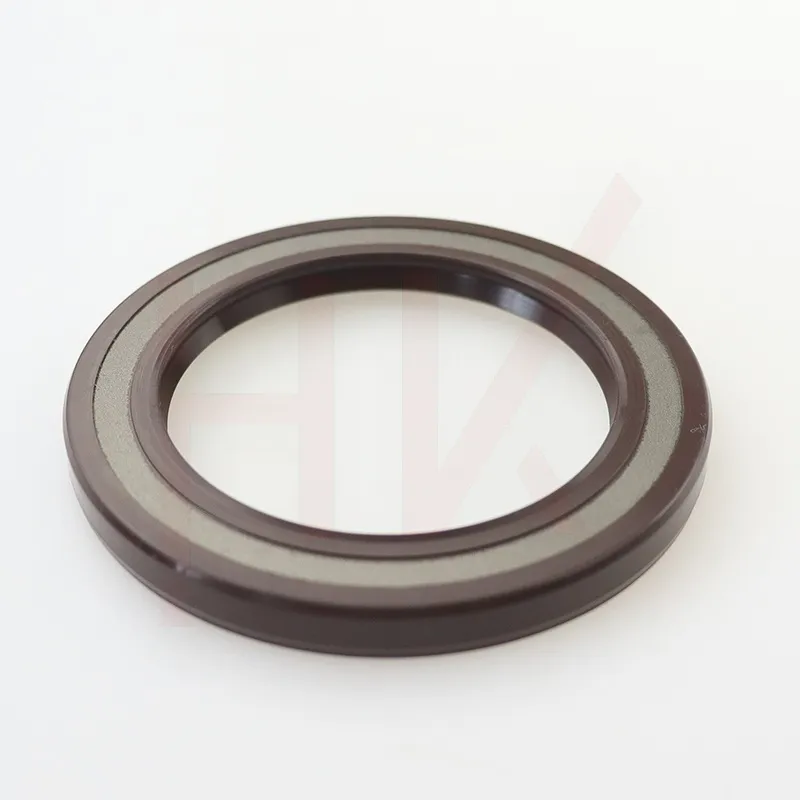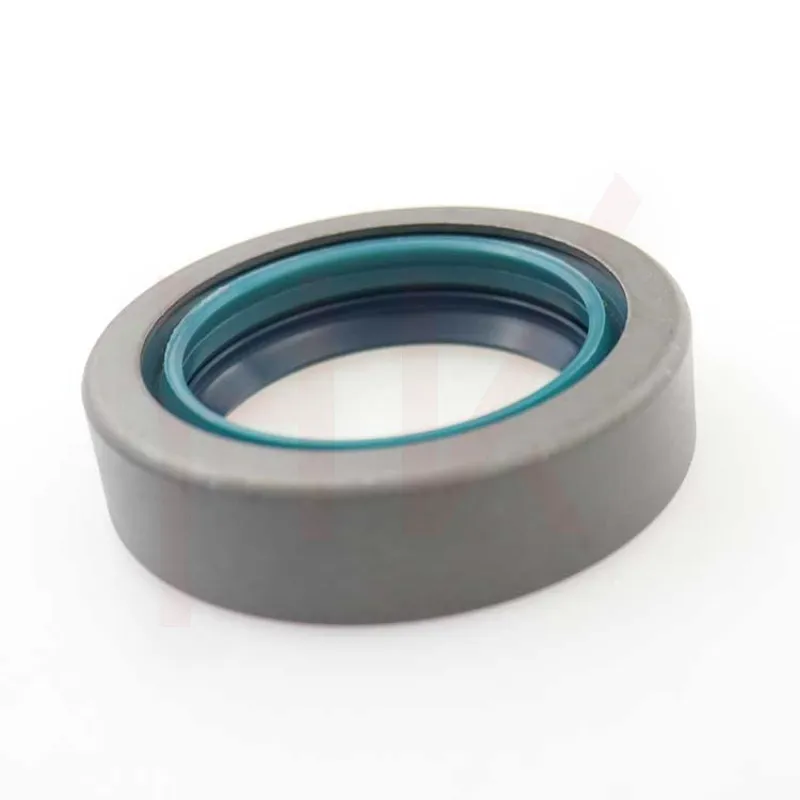Feb . 11, 2025 16:01 Back to list
wiper rod seal


The installation and maintenance of wiper rod seals heavily influence operational reliability and trustworthiness of mechanical systems. Proper installation is crucial, as incorrect fitting can lead to premature wear and system failure. Regular maintenance checks ensure that seals remain in optimal condition, preventing any unplanned downtime due to seal failure. This has a direct impact on system efficiency, productivity, and cost-efficiency in the long run. Wiper rod seals’ trustworthiness lies in their ability to extend the life of expensive machinery by safeguarding critical components. The selection process should involve a thorough consideration of the operational environment, pressure levels, temperature variations, and exposure to potentially harmful substances. Consulting with experts or manufacturers can provide valuable guidance in choosing the right seal for your specific application. In conclusion, understanding the intricacies of wiper rod seals is essential for anyone looking to enhance the performance and durability of their hydraulic or pneumatic systems. By focusing on the right material and design, and ensuring proper installation and maintenance, these small components can make a significant impact on the efficiency and reliability of industrial machinery. This real-world experience and in-depth knowledge form the foundation of effective system optimization, offering unmatched expertise and trustworthiness in a competitive landscape.
-
TCN Oil Seal Metal Ring Reinforcement for Heavy Machinery
NewsJul.25,2025
-
Rotary Lip Seal Spring-Loaded Design for High-Speed Applications
NewsJul.25,2025
-
Hydraulic Cylinder Seals Polyurethane Material for High-Impact Jobs
NewsJul.25,2025
-
High Pressure Oil Seal Polyurethane Coating Wear Resistance
NewsJul.25,2025
-
Dust Proof Seal Double Lip Design for Construction Equipment
NewsJul.25,2025
-
Hub Seal Polyurethane Wear Resistance in Agricultural Vehicles
NewsJul.25,2025
-
The Trans-formative Journey of Wheel Hub Oil Seals
NewsJun.06,2025
Products categories
















